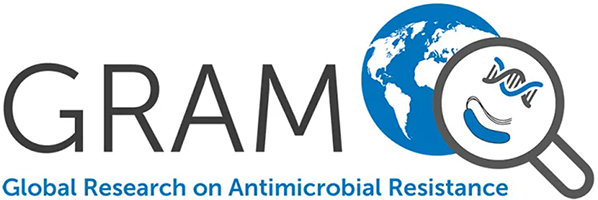Diagnostic Accuracy Assessment of Immunochromatographic Tests for the Rapid Detection of Antibodies Against Orientia tsutsugamushi Using Paired Acute and Convalescent Specimens.
Watthanaworawit W., Turner P., Turner C., Tanganuchitcharnchai A., Jintaworn S., Hanboonkunupakarn B., Richards AL., Day NPJ., Blacksell SD., Nosten F.
We assessed the diagnostic accuracy of two immunochromatographic tests (ICTs), the Access Bio CareStart Scrub Typhus test (Somerset, NJ) (IgM), and the SD BIOLINE Tsutsugamushi test (Kyonggi-do, Republic of Korea) (IgG, IgM, or IgA) compared with indirect immunofluorescence assay (IFA) and real-time PCR results as reference tests using 86 paired acute and convalescent specimens from febrile patients. The sensitivity and specificity of the CareStart test were 23.3% (95% confidence interval [CI]: 11.8-38.6) and 81.4% (95% CI: 66.6-91.6), respectively, for acute specimens and 32.6% (95% CI: 19.1-48.5) and 79.1% (95% CI: 64.0-90.0), respectively, for convalescent specimens. For the SD BIOLINE test, sensitivity and specificity were 20.9% (95% CI: 10.0-36.0) and 74.4% (95% CI: 58.8-86.5), respectively, for acute specimens and 76.7% (95% CI: 61.4-88.2) and 76.7% (95% CI: 61.4-88.2), respectively, for convalescent specimens. The poor sensitivity obtained for both ICTs during this study when performed on acute specimens highlights the difficulties in prompt diagnosis of scrub typhus.

